Morning Rolls
Rolls, cobs, buns, stotties or even barm cakes… Whatever you call them, Scottish Morning Rolls are easy to make and even more delicious when freshly baked. I set myself a challenge this year to start baking some more savoury favourites. As tempting as it can be to bake endless sweet treats, there are so many…
Rolls, cobs, buns, stotties or even barm cakes… Whatever you call them, Scottish Morning Rolls are easy to make and even more delicious when freshly baked.

I set myself a challenge this year to start baking some more savoury favourites. As tempting as it can be to bake endless sweet treats, there are so many other [less-cavity-inducing] recipes out there that deserve as much attention as their cake & tray bake counterparts!
Our Scotch morning rolls recipe seemed like a great bake to get me started. Or should I say, cob recipe? Buns recipe? Baps recipe? Softie recipe? Stotty recipe? Or even barm cakes recipe…? Phew! Is there any other bake with so many regional variations to it name?! Whatever you call them, these bread rolls are a staple here in Scotland.
Our Scotch morning rolls recipe seemed like a great bake to get me started. Or should I say, cob recipe? Buns recipe? Baps recipe? Softie recipe? Stotty recipe? Or even barm cakes recipe…? Phew! Is there any other bake with so many regional variations to it name?! Whatever you call them, these bread rolls are a staple here in Scotland.
You’ll find morning rolls in almost every corner shop in Scotland on a Sunday morning. Understandably, they make the perfect breakfast roll when filled with bacon, egg, square sausage, black pudding, haggis, tattie scones…the options and combinations are endless! And there’s nothing better than a soft-centred roll, with a slight chew to it, and a perfectly baked outer.
There is also the option of a well-fired morning roll. Not for me personally, but my husband and Papa insist they are the superior roll!
With shop-bought Scottish morning rolls already being so great, why would you bother to make your own? Well, because you can! I’m a big believer in giving things a go at least once in a lifetime. With that in mind, I think everyone should give baking their own morning rolls a go.
Not to mention that you can’t get a fresher roll than one straight from your very own oven!

Ingredients for Scotch Morning Rolls:
Strong White Flour
Much like our Easy Bread recipe, for the most predictable dough, a Strong Bread Flour is recommended. This is due to the amount of protein (ie, gluten) in the flour, which gives the rolls a good structure and chew factor.
However, if you don’t have any or can’t get your hands on some, Plain Flour is a decent alternative; you’ll just need to work the dough a little harder when kneading to activate what gluten is in the flour.
Oh, and you can of course use Wholemeal Flour, should you prefer to make this a wholemeal morning rolls recipe.
Lard or Vegetable Shortening
Adding some fat to your morning rolls is not entirely essential, but it does add a little extra flavour and helps prevent your rolls from going stale quite as quickly. Either lard or vegetable shortening is fine, but just be aware that using lard will deem your rolls unsuitable for vegetarians.
Fact-action Yeast
There was a time when you could buy various types of yeast, but nowadays, Fast Action Yeast in 7g sachets is the most accessible. It also works brilliantly in many recipes, but especially this stotty rolls recipe, as no extra measuring or preparation is required to activate it.
Salt
When it comes to baking bread doughs, you don’t want your yeast getting ahead of itself. That’s where salt comes in! Salt retards the yeast and slows it down, giving the gluten in your flour time to strengthen and develop. It also adds to the flavour.
In terms of what kind of salt, I use traditional table salt. You can, however, try experimenting with different kinds of salt, such as sea salt or even flavoured salts.
Sugar
Unlike salt, sugar has the opposite effect when added to a bread dough – it feeds the yeast! It might seem a bit contradictory to be feeding the yeast, whilst simultaneously retarding it, but it’s all about balance. Sugar also enhances the flavour in our Scotch rolls, as well as helping with moisture retention.
In terms of what kind of sugar, I use plain old caster sugar. There’s nothing to stop you from trying different kinds of sugars, such as a golden caster sugar or even some less-refined sugars.
Milk & Water
For our dough to come together, moisture is needed. We use a combo of water and milk in this instance, but if you don’t have milk, or perhaps just not enough, don’t worry; you can always just use water. Milk is preferable as it adds a degree of richness, due to it having more naturally occurring sugars; however, it isn’t overly important what kind of milk you use (whole, semi-skimmed, skimmed…). You can even substitute your milk for dairy-free alternatives, such as Soya milk.

Tips for homemade Morning Rolls:
• If you are unable to get hold of vegetable shortening and don’t want to use lard, simply swap it out for a block margarine. The water content will be a little higher in a margarine; however, having tried and tested this recipe with margarine a number of times, I can confirm it works just fine as a substitute.
• When it comes to dividing the dough for your rolls, weigh your total dough after knocking it back. Use this total number and divide it by 8, then weigh out each dough ball individually. This will give you perfectly even morning rolls.
• Once baked, wrap your rolls in a clean tea towel. This keeps your rolls soft and prevents them from going stale. Morning rolls are always best enjoyed the day they are baked, though.
• For well-fired morning rolls (ie, burnt on top – yes, really!) simply bake your rolls an extra 5-10 minutes, until you have your desired colour on top. Just be careful that your smoke detector doesn’t go off when you take them out of the oven!

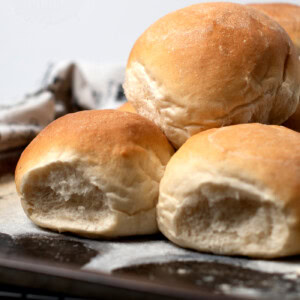
Morning Rolls
INGREDIENTS
- 500 g Strong White Flour (Bread Flour) (plus extra for dusting)
- 30 g Lard or Vegetable Shortening (Crisco)
- 7 g Fast-action Yeast (one sachet)
- 2 tsp Salt
- 1 tsp Sugar
- 100 ml Milk
- 200 ml Water
INSTRUCTIONS
- In a large bowl, rub the the flour and fat together, using your fingertips, until it resembles breadcrumbs. Add the yeast, salt & sugar, and stir through to combine.
- In a small saucepan, warm the milk and water over a low heat. You want the liquids to be warm but not boiling. Add the warm liquids to the dry ingredients in the bowl and mix to make a sticky dough (you may need to use your hands).
- Remove the dough from the bowl and knead on a well-floured surface, for around 10 minutes, until smooth and pliable.
- Lightly grease a clean bowl before placing your dough in it. Cover with a piece of greased clingfilm, or a damp tea towel. Leave the dough into a draught-free place for 1-2 hours, or until it has doubled in size.**Alternatively you can let your dough prove overnight – see notes below for details.**
- Prepare a large baking sheet, by very lightly greasing it before dusting with a generous amount of flour. Set aside.
- Once your dough has doubled in size, knock it back (gently knead it for a moment to get the air back out of it). Then divide the dough into 8 pieces – you can eyeball this, or weigh your complete dough, divide that number by 8, then evenly weigh out each individual piece (this will give you more uniform rolls). Roll your pieces of dough between your hands to create ball shapes. Roll the dough into an little flour if desired (optional), before placing each ball onto your prepared baking sheet, leaving a little bit of space between each.
- Loosely cover your rolls with a piece of greased cling film, or a damp tea-towel. Leave in a draught-free place for 1-2 hours, or until they have doubled in size. Once your rolls are about risen, pre-heat your oven to 230°c (210°c for fan-assisted ovens, Gas Mark 8 or 450°F).
- Remove the cling film/tea towel and place the rolls in your preheated oven. Bake for 12-15 minutes, until golden on top.
- Once baked, wrap your rolls into a clean tea towel and leave to cool on a wire rack before serving.
IMPORTANT NOTE:
All my recipes are developed using a digital scale and the metric system (grams and millilitres). Cup measurements are available as a conversion but these, unfortunately, won’t always be as accurate. For best results, I always recommend baking with a digital scale.
RECIPE NOTES:


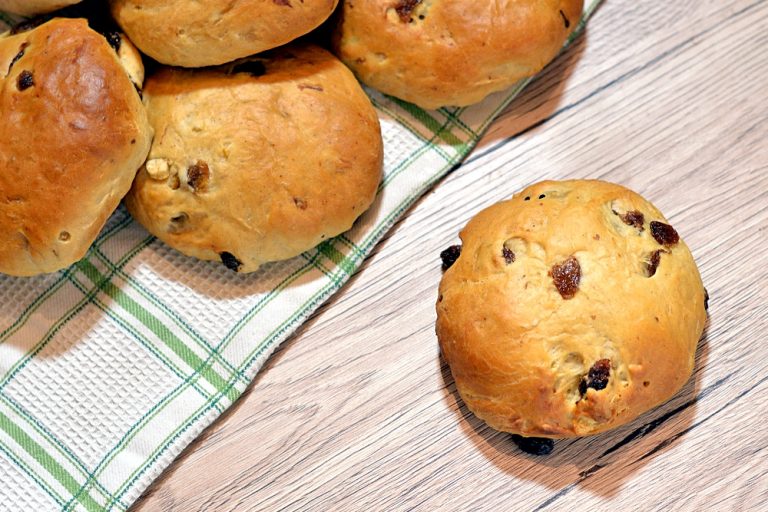
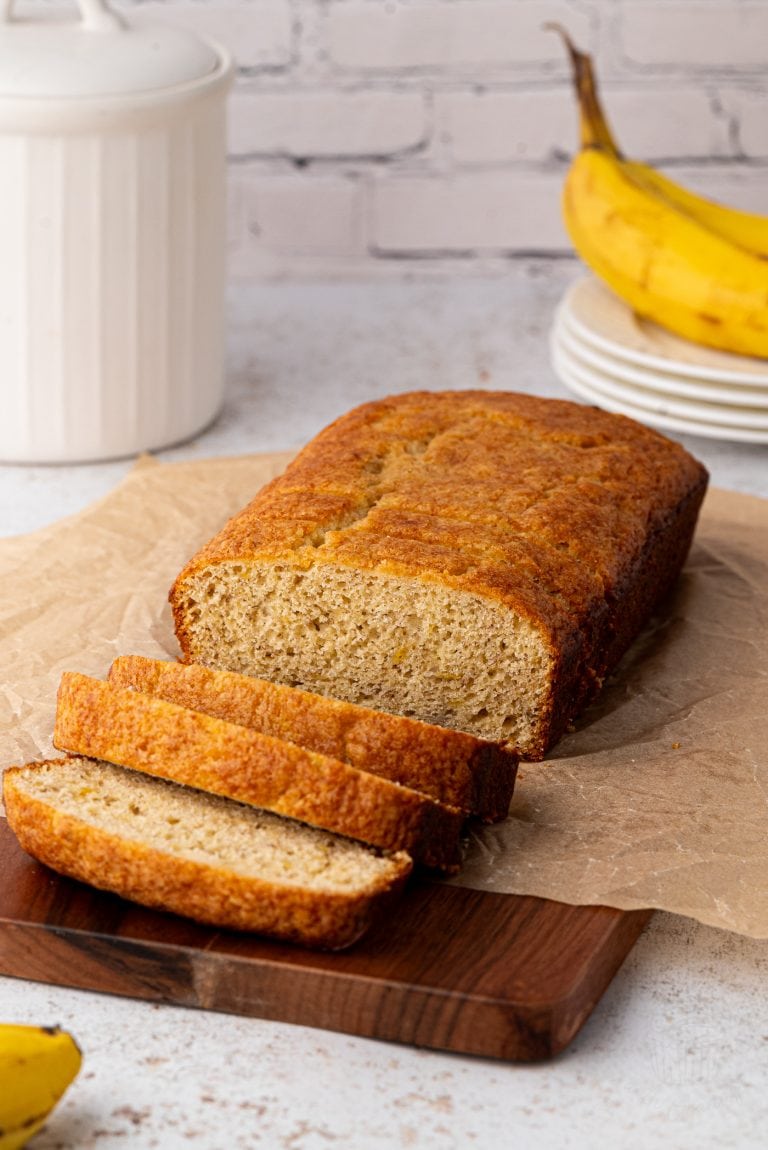
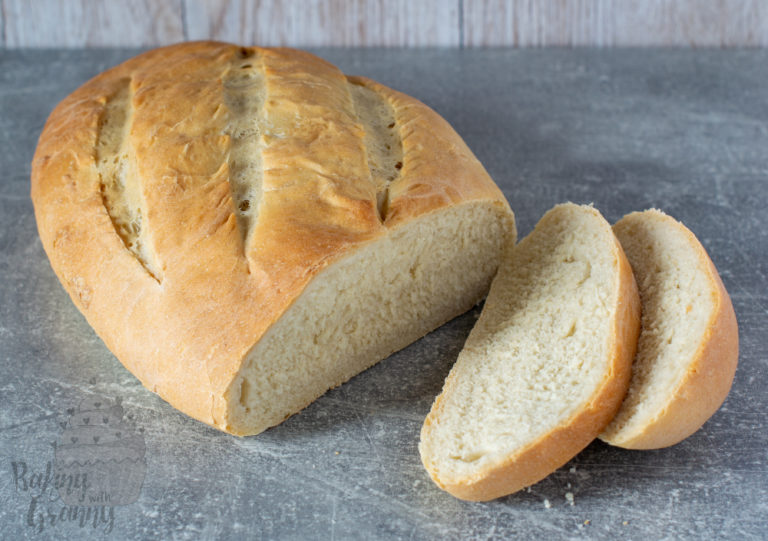
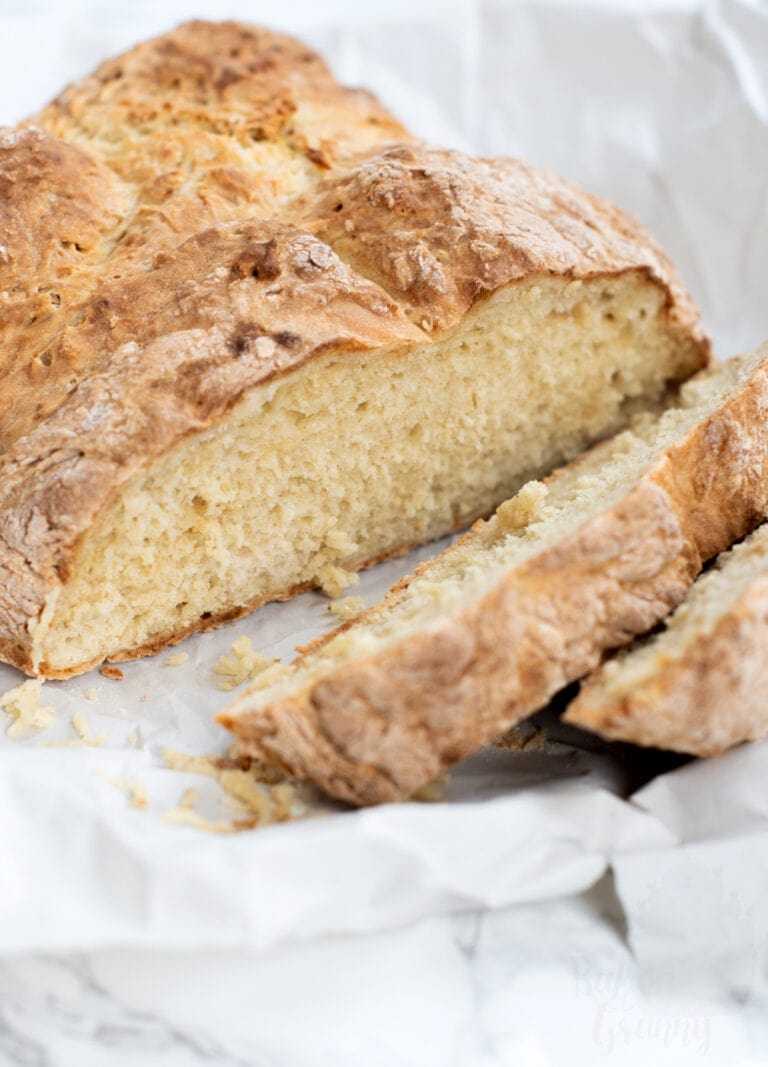
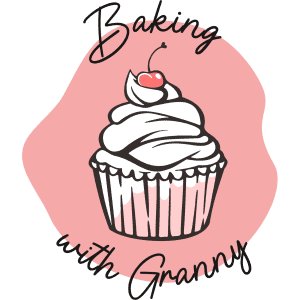
“Scotch” is a drink, whisky. Scots or Scottish is a pronoun relating to something or someone from Scotland. Scottish Morning Rolls… never Scotch Morning Rolls.
Made these last week but they came out quite small and dense. Going to try again and see if I can make them any lighter but they still tasted good
So easy to make! My husband is from Edinburgh and we live in Washington state now. He found proper bacon at a British grocery store recently and mentioned how he really needed a morning roll to make a good breakfast. I made these today and when he got home from work he was actually giddy over how they came out. Thanks so much from across the pond.
I’ve been a cake baker for years but only recently expanded into home made bread. Okay, hands up, I’n a soft southerner so I haven’t lard around the house so I use butter and 13-14 minutes in the oven is dark enough on top for me. However, this recipe works every time and whilst I always struggle to be objective about my own bakes, the rolls don’t seem to hang around in the bread bin for long.
Thanks.
Clive
I haven’t actually made this but I do intend to. Can I use butter as the fat. I see that you have suggested using rapeseed oil – is that better?
Fiona – I’m no expert, but I use butter as that is to hand in our house and it works every time.
Clive